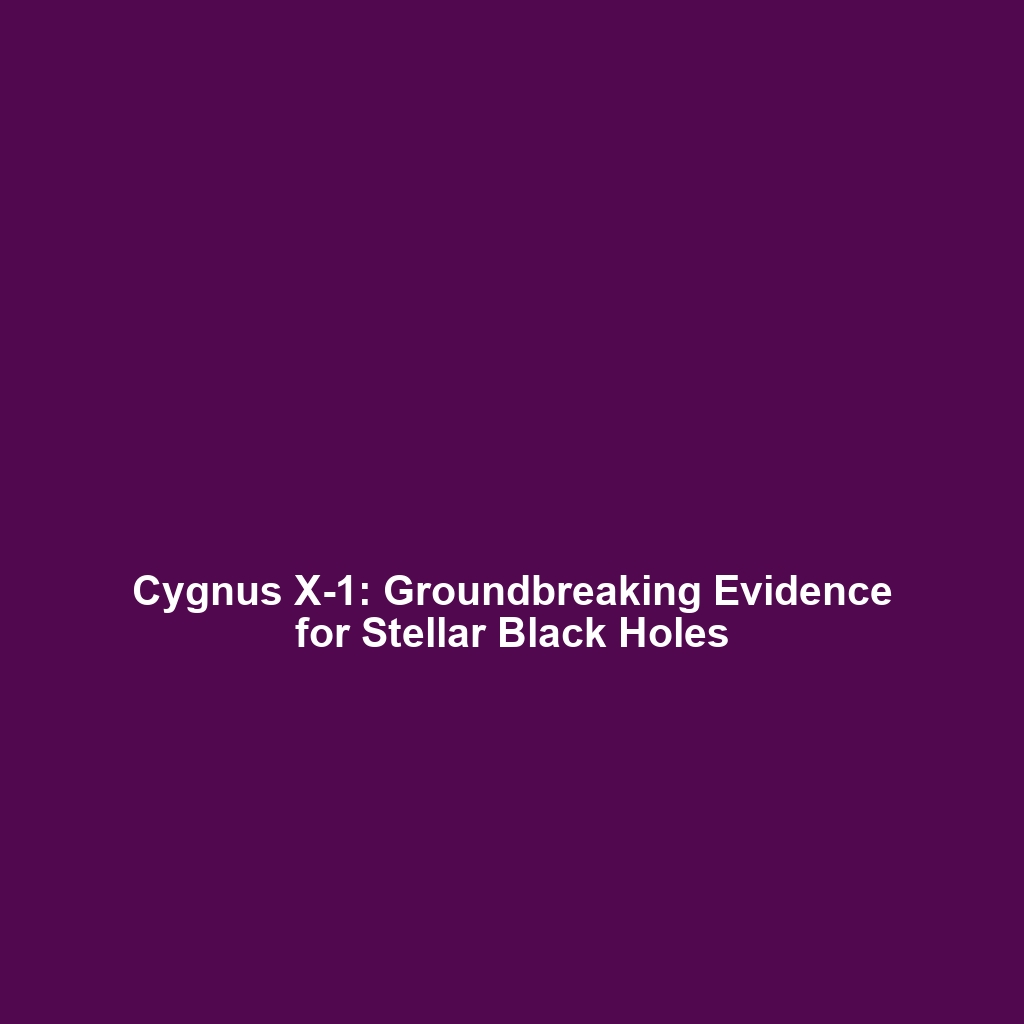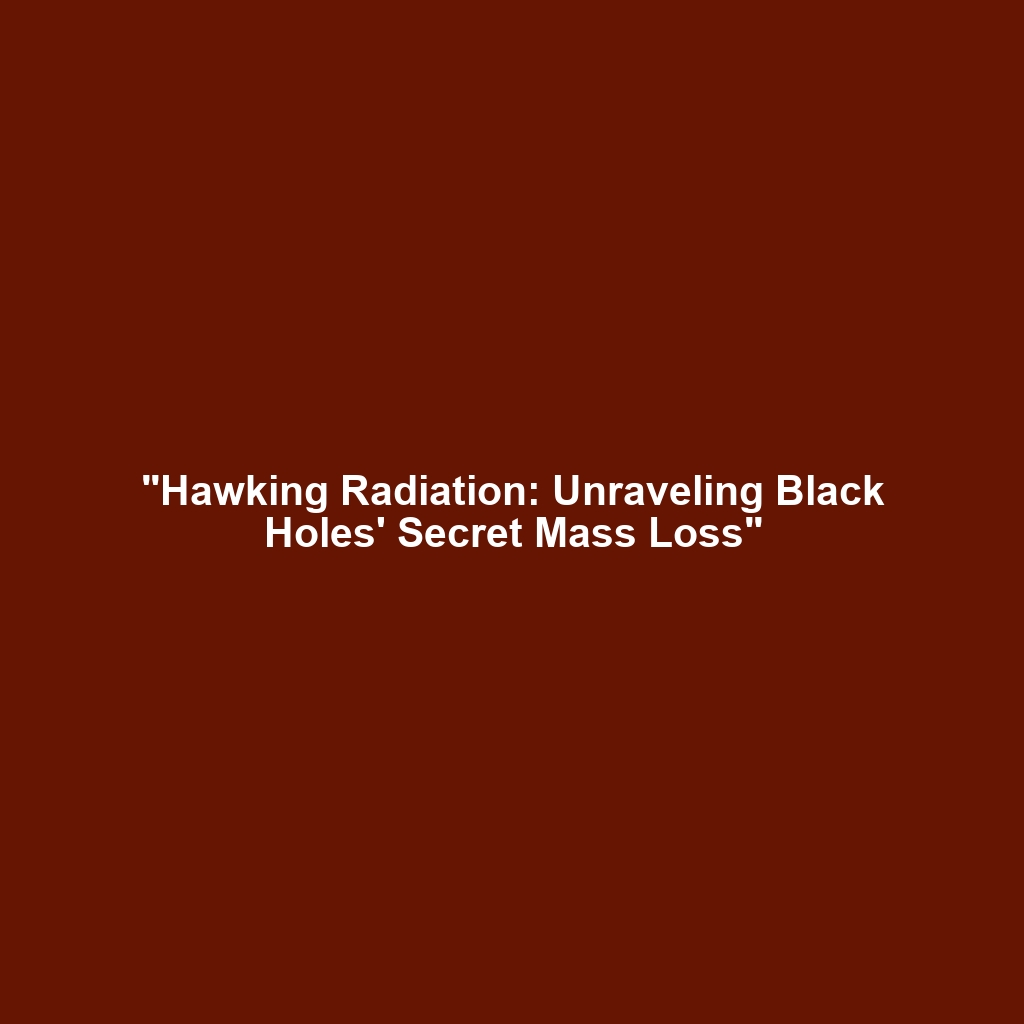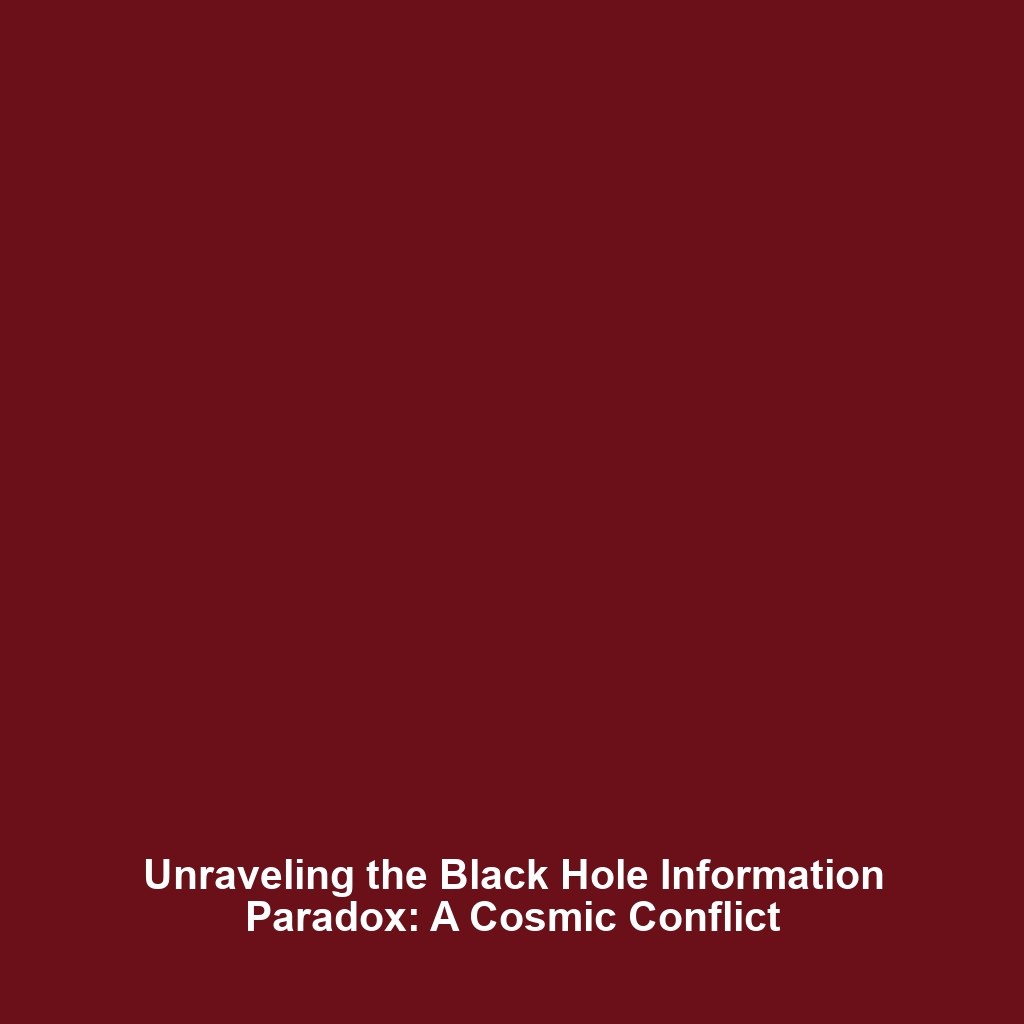How Black Holes Could Be Connected to Hypothetical White Holes
Introduction
The concept of black holes has fascinated scientists and the general public alike, presenting profound questions about the nature of our universe. Recent discussions have increasingly turned towards another intriguing theoretical entity: the white hole. This article delves into how black holes could be connected to hypothetical white holes, a connection that may reshape our understanding of astrophysics. Understanding this relationship could offer insights into the fundamental laws governing black holes and the cosmos.
Key Concepts
To comprehend the connection between black holes and hypothetical white holes, it is vital to understand several major concepts:
1. What are Black Holes?
Black holes are regions of spacetime exhibiting gravitational forces so strong that nothing — not even light — can escape from them. Defined by their event horizons, black holes are born from the remnants of massive stars after they explode in a supernova.
2. Understanding White Holes
Hypothetical white holes are the theoretical opposites of black holes. While black holes draw in matter, white holes expel matter and prevent anything from entering their event horizons. The concept arises from the equations of general relativity, providing a fascinating counterpoint to black hole theory.
3. Theoretical Connections
The connection between black holes and white holes might be theorized through the lens of wormholes — tunnels in spacetime linking distant parts of the universe. This association ignites questions about the lifecycle of matter and energy in the cosmos and the possible existence of traversable wormholes.
Applications and Real-World Uses
While the direct applications of black holes and white holes remain largely theoretical, there are significant implications for our understanding of the universe:
- Astrophysics research: Investigating black holes leads to advancements in understanding gravity and quantum mechanics.
- Cosmology implications: The study of black holes can shed light on the universe’s beginning and its ultimate fate.
- Technological innovations: Simulating black hole dynamics can inspire sophisticated computational methods applicable in various scientific fields.
Current Challenges
Studying the connection between black holes and hypothetical white holes poses several challenges:
- Challenges of observation: Black holes cannot be observed directly, making empirical testing of theories regarding white holes extremely difficult.
- Issues in theoretical models: Current models of physics may require adjustments or entirely new theories to accommodate the existence of white holes.
- Limited data: The absence of observational evidence for white holes continues to challenge researchers’ ability to confirm their existence.
Future Research and Innovations
The future of research into black holes and hypothetical white holes is promising, with several innovations on the horizon:
- Advanced telescopes: Next-generation observatories may provide the means to detect phenomena that could indicate white hole activity.
- Quantum computing: Enhanced computational power could lead to breakthroughs in simulating spacetime phenomena, including wormholes.
- Interdisciplinary research: Collaboration across astrophysics, mathematics, and computer science fields could generate innovative models to explore these theoretical constructs.
Conclusion
In summary, the connection between black holes and hypothetical white holes presents a fascinating domain of research that challenges existing paradigms in astrophysics. As we continue to explore these cosmic enigmas, it is crucial to invest in the research infrastructure and interdisciplinary cooperation required to unlock their mysteries. For further reading on black holes, consider visiting our article on Black Holes Explained and Theories of White Holes.





